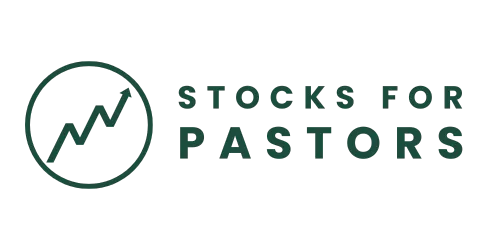Go beyond the basics with advanced strategies, hands-on coaching, and the ongoing support you need to trade like a pro.
Multiply Your Trading Skills and Grow Your Monthly Income Faster

You Don’t Need Another Job. You Need a Paycheck That Works on Your Terms.
You’ve probably heard it before:
“Start a side hustle.”
“Pick up some extra speaking gigs.”
“Drive for Uber in your free time.”
But deep down, you know the truth: Your time is already maxed out.
What you need is margin. Not more hustle.
What If You Could Run a Simple, Part-Time Trading Business From Your Laptop?
The Income Accelerator is a complete system designed to help entrepreneurial-minded pastors create withdrawable income every month using options trading.
It’s not a hobby. It’s not guesswork.
It’s a repeatable process to build a lean, flexible business that pays like a second job, without pulling you away from your first calling.

You’ll know exactly what to do, when to do it, and how to manage it.
How It Works
This isn’t “set it and forget it” investing. This is business building, with tools, structure, and strategy.
All Four Strategies: Seasonal Leverage Method, CFC, DCS, and our bonus 4th starter strategy.
Weekly Trade Alerts: Follow along with exact setups for every strategy.
Monthly Group Coaching: Live calls to review trades, sharpen your skills, and get your questions answered in real time.
Unlimited Email Support: Direct answers when you need them so you’re never trading alone.
Private Coaching Channel: Advanced trade reviews and deeper discussions with other Accelerator members.
What's Included
When you join the Income Accelerator, you get full access to:
The Options Business Course:
Learn the full framework behind this income-generating model. Taught in clear, practical lessons.
All Four Trading Strategies:
Master the complete playbook, from beginner-friendly methods to advanced setups, so you can adapt to any market condition.
Real-Time Trade Alerts:
Follow Michael’s actual trades each week. Know what to trade, when, and why.
Monthly Group Coaching Calls:
Get feedback, troubleshoot your trades, and grow with a like-minded community.
Unlimited Email Support:
Run your trading like a system, not a guessing game.
Supportive Private Group:
Be part of a network of pastors and ministry leaders building the same kind of freedom you are.
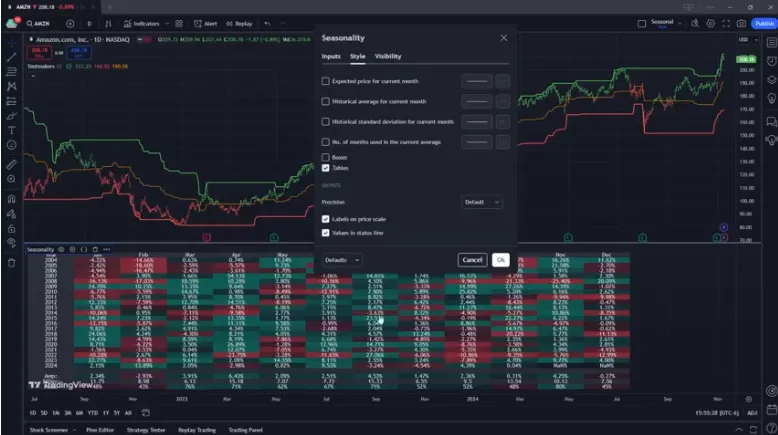
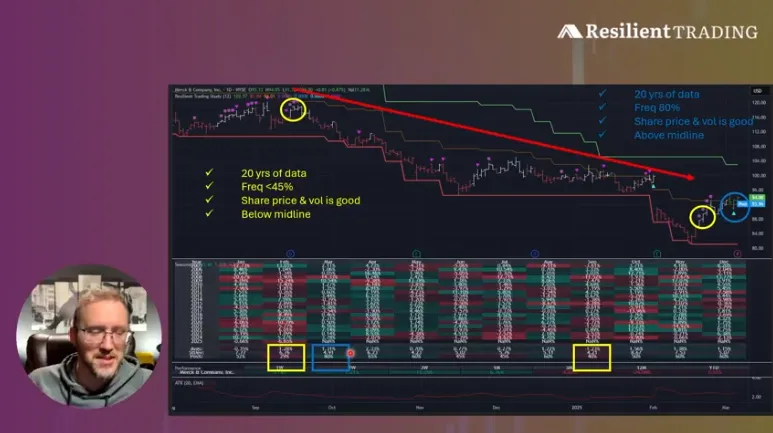
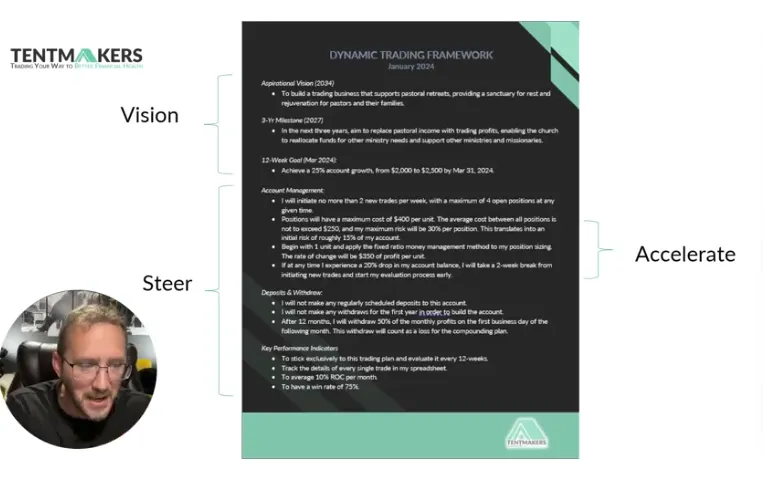
Real Results. Real Income.
This isn’t theory. These are actual results.
Since launching the Income Plan in April 2023, Michael has placed 221 trades with a 79.6% win rate, using the same strategy shared in this program.
Started the portfolio in April 2023 with a $2,000 account.
Earned $11,437 in profit over 24 months!
Average Monthly ROI: 5.9%!
Average Monthly Income: $477!
Only 2 Losing Months: 91.7% winning months!
That’s not flashy day trading. That’s consistent, repeatable income—built with focus, discipline, and a strategy that works.
If a $2,000 account can generate nearly $12K in profit in two years, imagine what this could mean for your family, your ministry, or your financial peace of mind.

While results are never guaranteed and losses are always possible, many Accelerator members report profit potential in the $500–$700/month range as they gain confidence and consistency with all four strategies.
PRICING
Choose Your Plan
Foundations
$97/mo
Beginner-friendly video course that walks you through every step
Monthly seasonal watchlist of high-probability stocks
Real-time trade alerts for SLM and MIS strategies
Access to member community
Downloadable checklists, templates, and guides
Up to 3 questions per month, responses within 48 hours
Seasonal Leverage Method course
Monthly Income Strategy course
Cash Flow Collective Course
Double Canopy Strategy Course
Monthly live group coaching calls
2 free months
1:1 onboarding video chat and initial coaching session

No contracts - cancel anytime
Income Accelerator
$197/mo
Beginner-friendly video course that walks you through every step
Monthly seasonal watchlist of high-probability stocks
Real-time trade alerts for all four strategies
Access to member community
Downloadable checklists, templates, and guides
Unlimited questions, priority same-day response
Seasonal Leverage Method course
Monthly Income Strategy course
Cash Flow Collective course
Double Canopy Strategy course
Monthly live group coaching calls
2 free months
1:1 onboarding video chat and initial coaching session

No contracts - cancel anytime
Get 2 Mo FREE
$1,970/yr
Beginner-friendly video course that walks you through every step
Monthly seasonal watchlist of high-probability stocks
Real-time trade alerts for all four strategies
Access to member community
Downloadable checklists, templates, and guides
Unlimited questions, priority same-day response
Seasonal Leverage Method course
Monthly Income Strategy course
Cash Flow Collective course
Double Canopy Strategy course
Monthly live group coaching calls
2 free months
1:1 onboarding video chat and initial coaching session

No contracts - cancel anytime
For Pastors Who Think Like Entrepreneurs

Wants to provide more for your family without overextending your time
Believes financial margin creates ministry freedom
Is ready to treat income generation with the same intentionality as discipleship
Doesn’t want hype, just a method that works
Is willing to learn, apply, and grow
You're not just looking to invest.
You're looking to build something that gives back.
What Members are saying

“I can't tell you how awesome it felt to close my first winning trade! Knowing that when I clicked that button, I would be able to use that profit for a much needed date night with my wife. Thank you!”
Jon. H.

“I've been doing pretty good with stocks, but learning how to trade options has taken things to a whole new level.”
Ben C.

“This has been exactly the kind of side-hustle I was looking for. I needed someone I could trust to teach me how to get more time back and stop doing side gigs that take hours of my time and eat away at my ministry focus. Plus, I make more money with this. A double win!"
Will D.
Imagine This...
What if you could earn an extra 5–10% every month from your trading account?
Not once in a while. Not someday. But consistently. Month after month. What would you do with that extra income? How would it change the way you care for your family? What would it free you from mentally, emotionally, even spiritually?
Maybe you'd finally take your spouse on that getaway.
Maybe you'd cover an unexpected bill without fear.
Maybe you'd support a missionary or fund a ministry dream that’s been on your heart for years.
Maybe you'd stop feeling like you're behind.
This isn’t about chasing riches. It’s about creating margin so you can serve God and others with peace and confidence.
Let’s build that future together!
Read Our Latest Blogs
Lorem ipsum dolor sit amet, consectetur adipiscing elit.
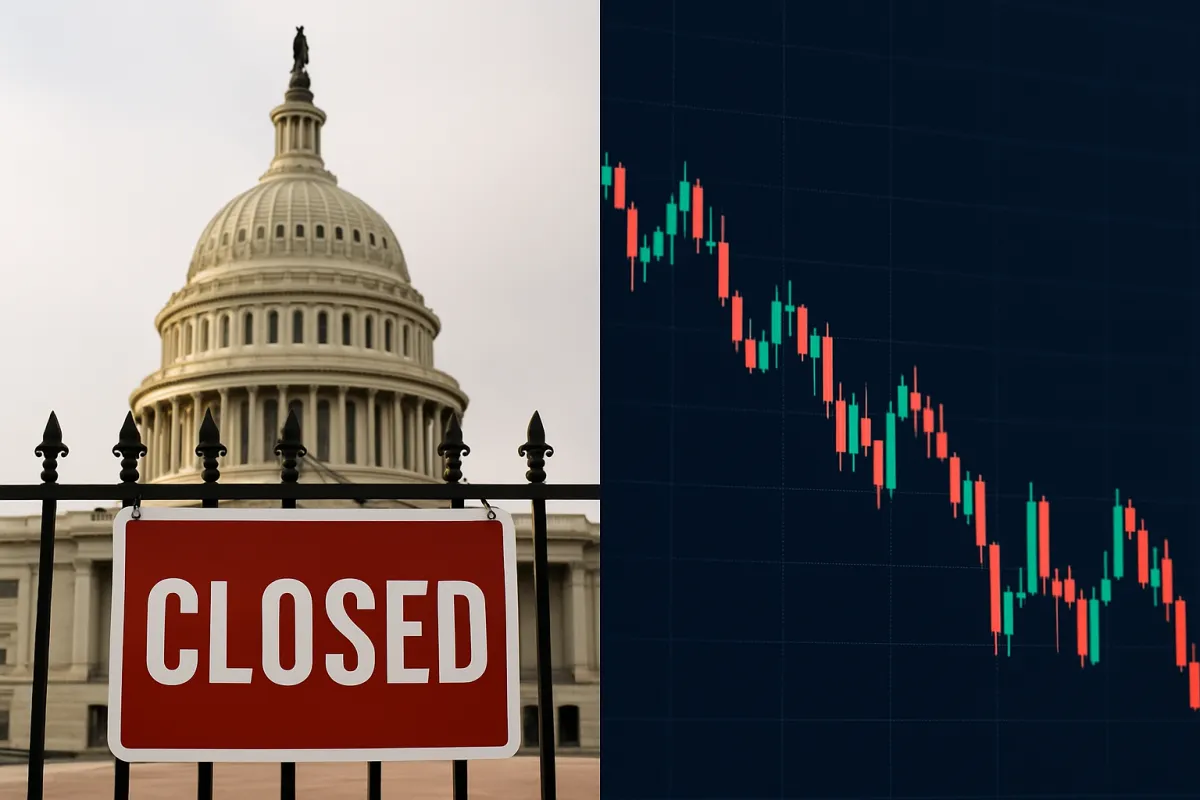
How the Government Shutdown Affects the Stock Market
We woke up to a real shutdown on October 1, 2025. Congress failed to extend funding by the midnight deadline, so non-essential federal operations have paused. Headlines are loud, but traders need signal, not noise. Here is what matters for markets and how to adjust your plan this week.
First, the facts:
The federal government shut down at 12:01 a.m. ET on October 1 after the Senate failed to advance competing funding bills. This is the first shutdown since 2018-2019.
The White House Council of Economic Advisers projects a hit of roughly 15 billion dollars to GDP for each week the shutdown lasts, with tens of thousands of potential job losses if it runs a month. Expect spillovers to consumer spending and travel delays if unpaid federal workers stay home.
Equity markets did not panic on Day 1. The S&P 500 and Dow finished higher, with fresh record closes even as the shutdown began. Gold rose and the dollar slipped.
A key market complication is data. With a shutdown, many government economic reports pause, including payrolls and weekly jobless claims, leaving the Fed and investors flying with fewer instruments on the dashboard.
The SEC has a contingency plan for a lapse in appropriations. Expect “extremely limited” operations and delays in reviews of registration statements, which can affect IPOs and certain corporate actions until normal staffing resumes.
What history says about shutdowns and stocks
Shutdowns are disruptive for workers and services, yet the market impact is usually modest if the closure is brief. Studies and strategist commentary show most shutdowns have had limited, short-lived effects on the S&P 500. Investors often look through the noise, especially when earnings and liquidity remain supportive.
Translation for your playbook: a shutdown is not a macro regime shift by itself. Duration is the driver. A few days to a couple of weeks tends to be a headline risk. A long standoff can nick growth and confidence at the margin.
What changes for traders right now
Less data creates more uncertainty. If agencies like the Bureau of Labor Statistics stop putting out reports like jobs numbers or inflation data, traders lose some of their main guides. Private reports like ADP or PMI might move the market more, but they are not perfect substitutes. With less clear information, traders should use smaller trade sizes to manage risk.
Concerns about government stability. Credit rating agencies and analysts are already warning that a long shutdown makes the U.S. look less reliable. That usually doesn’t crash the market, but it can make investors more cautious and push risk a little higher.
Slowdown in new deals. With the SEC operating at limited capacity, things like IPOs or other filings that need staff review can get delayed. This means some companies may have to wait to raise money until the shutdown ends.
Sector effects. Industries that rely heavily on federal money—like defense contractors or healthcare groups—might see more pressure. Companies that depend on timely payments could face issues if money is delayed. On the other hand, big tech stocks often move more on their own earnings and trends, so they may stay strong even during a shutdown.
Safe-haven moves. On the first day, gold went up while the U.S. dollar went down. If the shutdown continues, this pattern may keep showing up. It is less about a trading signal and more a sign that investors are nervous.
A simple framework for the days ahead
Use this checklist to keep decisions clean and sized appropriately:
Filter harder. Only trade A-quality setups that already fit your rules. In uncertainty, quality control is your edge. Historical evidence supports staying selective.
Right-size risk. Cut position size 25 to 50 percent when the normal macro data backdrop goes dark. This is not fear, it is math under higher variance.
Expect bigger reactions to shutdown headlines. Be prepared for sharp moves when news drops about the shutdown. These swings could go in either direction, so manage your size and wait for confirmation before acting.
When to change your stance
If the shutdown stretches and consumer or business confidence cracks, the growth path dents and markets start to price it. The White House baseline loss math is 15 billion dollars of GDP per week, which compounds if the impasse lingers. Should that scenario develop alongside a soft labor trend, expect volatility to widen and cyclicals to lag until a funding deal emerges.
Bottom line
Day 1 confirmed what history suggests. Markets can rally through a shutdown, especially when earnings leadership and liquidity are intact. A shutdown is the result of idyological standoffs... aka government disfunction. And truthfully, the market is used to government disfunction so it takes the current political landscape with a grain of salt.
The risk is not the headline itself, it is the duration and the collateral damage from missing data and delayed agency functions. Trade your plan, shrink size in the fog, and let quality do the lifting. When Congress funds the government again, the data calendar resumes and risk can be re-scaled.
